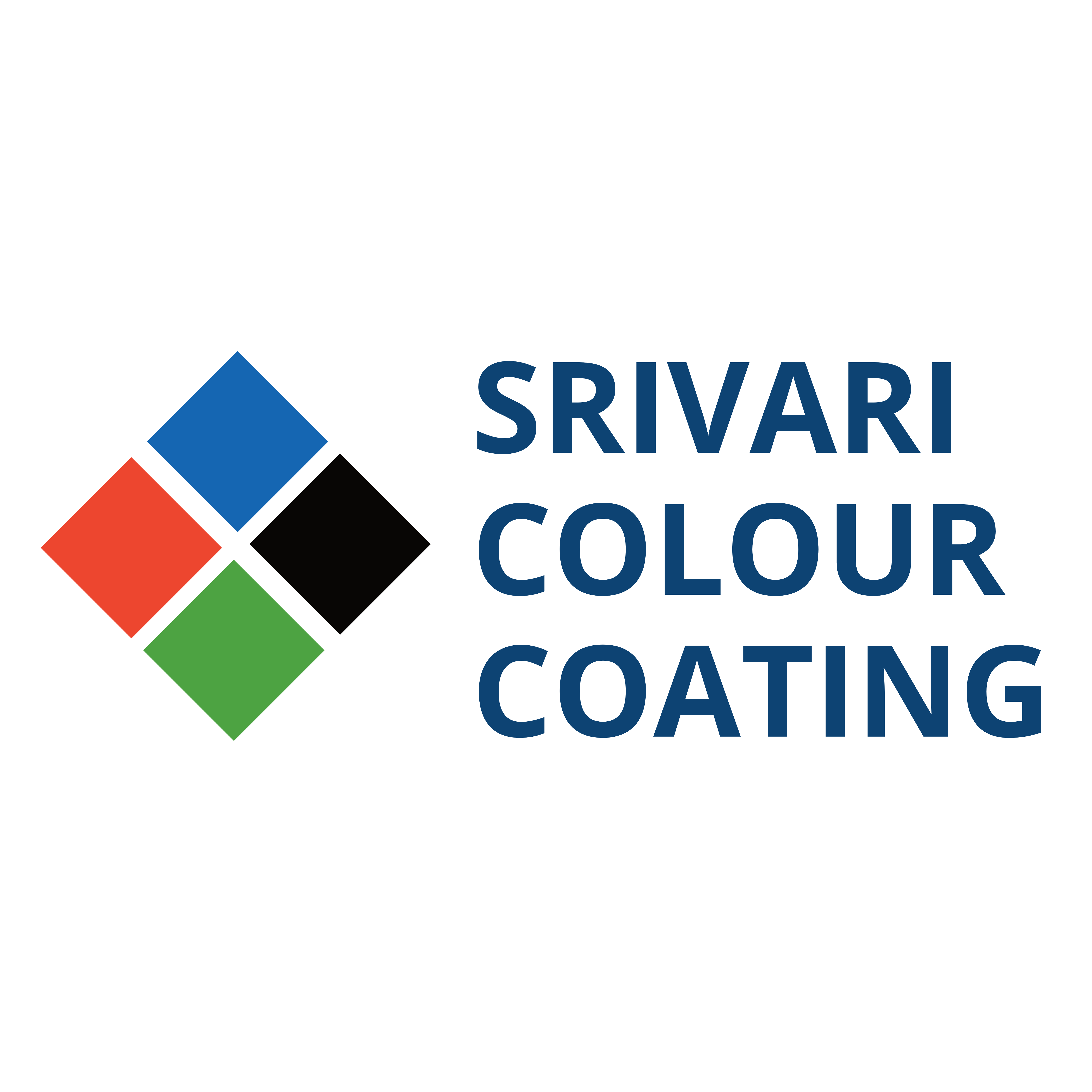Services
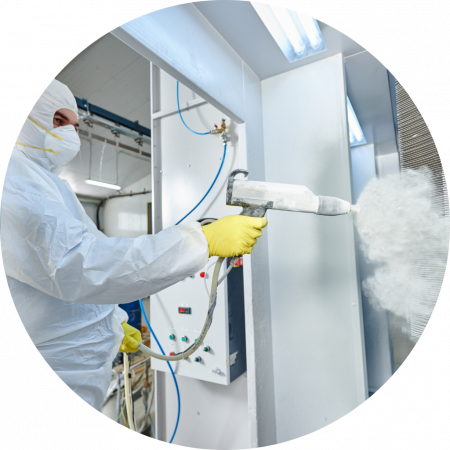
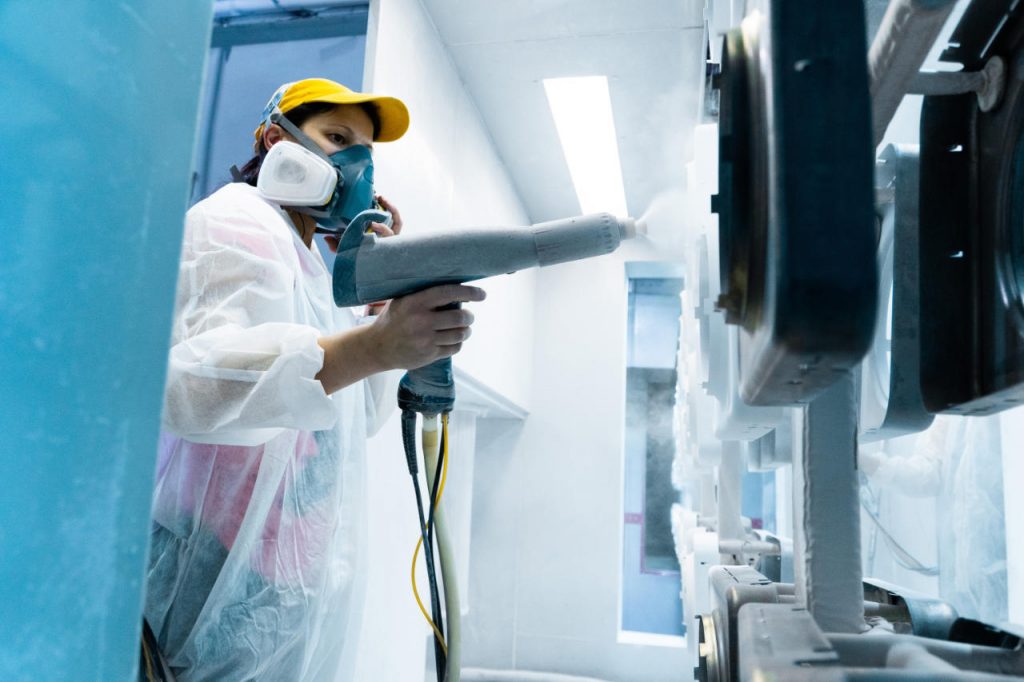
Powder Coating
Powder coating is a type of coating that is applied as a free-flowing, dry powder. Unlike conventional liquid paint which is delivered via an evaporating solvent, powder coating is typically applied electrostatically and then cured under heat. More and more companies specify powder coatings for a high-quality, durable finish, allowing for maximized production, improved efficiencies, and simplified environmental compliance. Used as functional (protective) and decorative finishes, powder coatings are available in an almost limitless range of colours and textures, and technological advancements have resulted in excellent performance properties.
At SRIVARI COLOUR COATING, we follow a five-stage process for powder coating namely Masking, Pre-treatment, Powder application, Curing, and Inspection & Packing. Masking is done at no paint areas (ex. threaded area) using heat-resistant masking tape and silicon plugs as per the drawings. The goal of pre-treatment is to create a clean and porous surface.
Powder Coating Process
The most common way of applying the powder coating to metal objects is to spray the powder using an electrostatic gun. The gun imparts a negative charge to the powder, which is then sprayed towards the grounded object by compressed air spraying and then accelerated toward the workpiece by the powerful electrostatic charge. There is a wide variety of spray nozzles available for use in electrostatic coating. The type of nozzle used will depend on the shape of the workpiece to be painted and the consistency of the paint. The object is then heated, and the powder melts into a uniform film and is then cooled to form a hard coating.
Advantages of Powder Coating
Powder coating is a high-quality finish found on thousands of products we come in contact with each day. Powder coating protects the roughest, toughest machinery as well as the household items. It provides a more durable finish than liquid paints can offer, while still providing an attractive finish. Powder coating looks great and it lasts a long time. In addition to being durable, powder coating is an attractive choice due to environmental advantages.
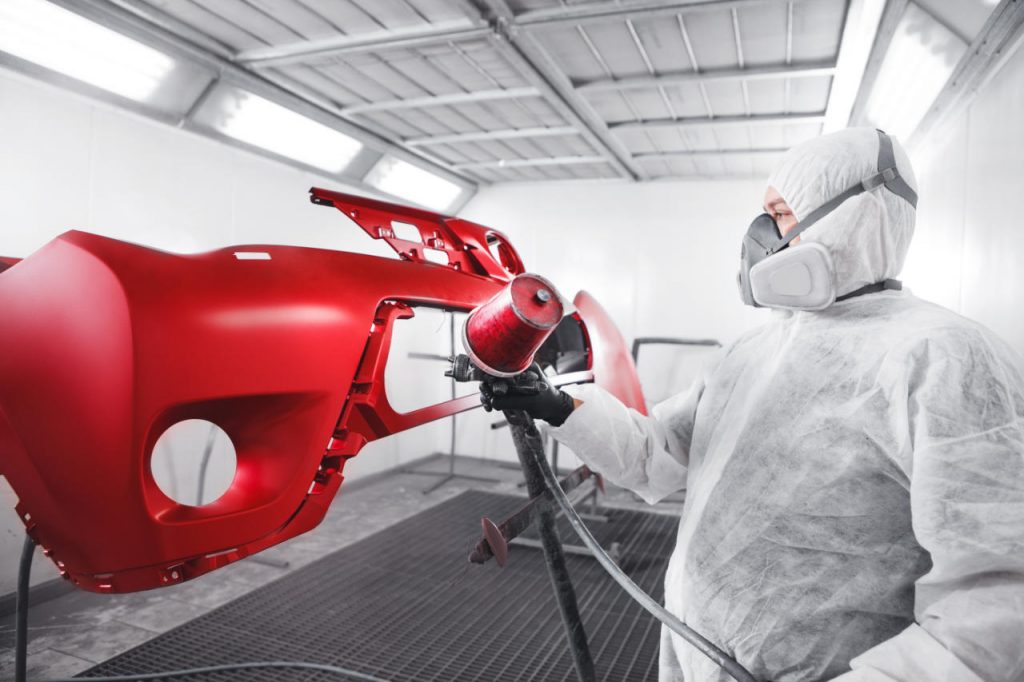
Spray Painting
The spray painting process occurs when the paint is applied to an object through the use of an air pressurized spray gun. The air gun has a nozzle, paint basin, and air compressor. When the trigger is pressed the paint mixes with the compressed air stream and is released in a fine spray.
Spray paints are commonly available in different finishes like high-gloss, semi-gloss, matt, satin, and metallic.
- Rust and corrosion prevention
- Weather resistance
- Thermal protection
- Improved appearance
- Extended equipment service life
- Ease of maintenance
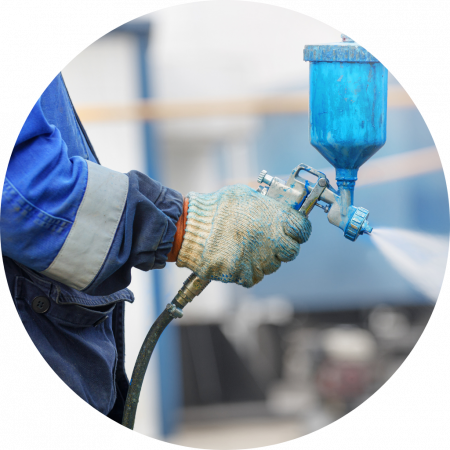


Grit Blasting
Grit blasting is a surface pre-treatment process widely used in a variety of different industries with many diverse purposes. Grit blasting is the process by which an abrasive media is accelerated through a blasting nozzle by means of compressed air. The abrasive used varies based on the surface treatment required. Common abrasives used include steel shot, steel grit, glass bead, crushed glass, aluminum oxide, etc. The different media types have different hardness, shapes, and densities, and each is available in a wide range of particle sizes. Grit blasting is a vital process used not only to remove rust but to prepare surfaces for high-performance coatings.
- Surface preparation prior to powder coating, painting, or other coating operations
- Removal of rust, scale, or paint from fabricated components
- Removal of burrs or edge profiling machined components
- Providing a matt cosmetic surface finish
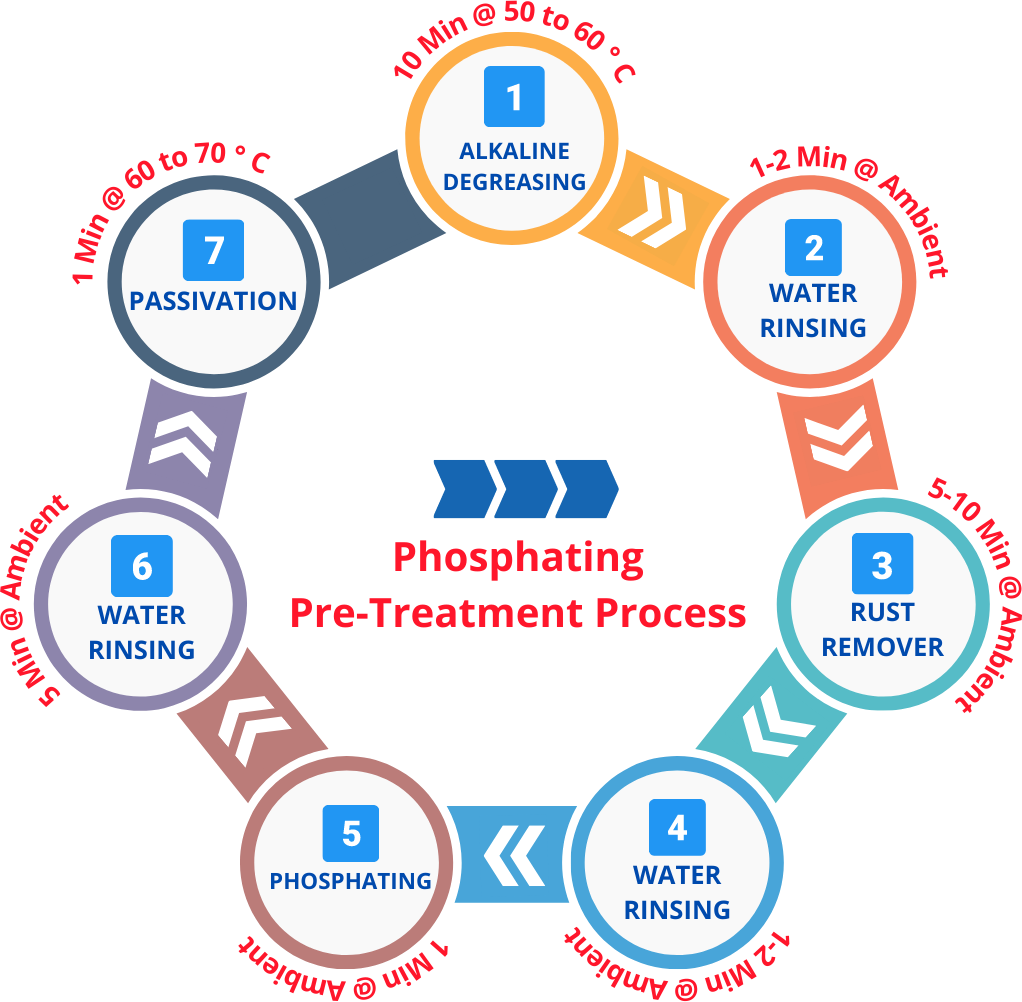
Phosphating
Phosphate coating is a chemical pre-treatment applied to steel parts that creates a thin adhering layer of iron, zinc, or manganese phosphates, to achieve corrosion resistance, lubrication, or as a foundation for subsequent coatings or painting. It is one of the most common types of the conversion coating.
Phosphating is applied either by spraying the solution onto the substrate or by immersing the substrate into the solution. The phosphating sequence is Degreasing, Water Rinse, De- rusting, Water Rinse, Activation, Phosphating, and Passivation.The main advantages of phosphating are corrosion protection, improving antifriction properties, and also providing strong adhesion bonding for powder coating, painting, or any other coating.

Quality Control Testing
Instruments & Tools
- DFT Meter (F/NF)
- Cross Hatch Tester
- Gloss Meter
- Salt Spray Testing Chamber
- Pencil Hardness Tester
- Tubular Impact Tester
- Conical Mandrel (Bending Tester)
- Surface Profile Gauge
- Ford Viscosity Cup
- pH Meter
- Phosphate Solution Testing Instrument
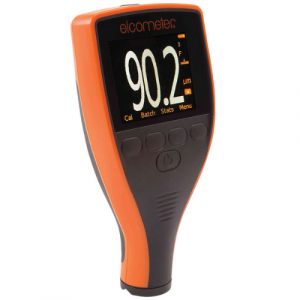
A coating thickness gauge (also referred to as DFT Meter) is used to measure dry film thickness. Dry film thickness is probably the most critical measurement in the coatings industry because of its impact on the coating process, quality and cost.
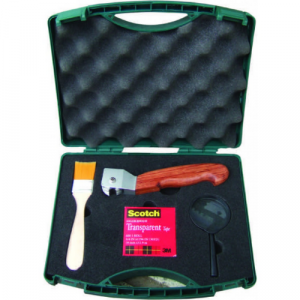
The cross hatch test is a visual comparison method for paint and powder coatings which is fast and easy to use. The coating is cut into small squares, thereby reducing lateral bonding, and the coating adhesion assessed against ISO 2409 and ASTM D. 3359 or Corporate Standards.

A gloss meter is an instrument which is used to measure specular reflection gloss of a surface. Gloss is determined by projecting a beam of light at a fixed intensity and angle onto a surface and measuring the amount of reflected light at an equal but opposite angle.
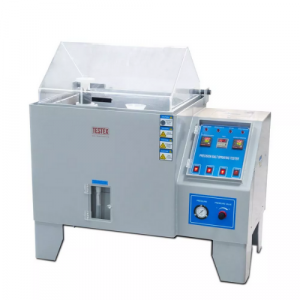
The salt spray test is a standardized and popular corrosion test method, used to check corrosion resistance of surface coatings. Usually, the materials to be tested are metallic and finished with a surface coating which is intended to provide a degree of corrosion protection to the underlying metal.
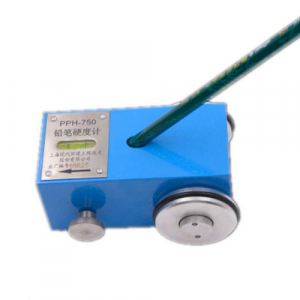
A pencil hardness test is a type of evaluation method that is performed to determine the hardness of a material, typically coating materials. To perform a pencil hardness test, graphite pencils of varying hardness are moved across a coating’s surface. Its hardness relative to the graphite pencils is determined by the softest pencil that will leave a scratch on the surface of the coating.
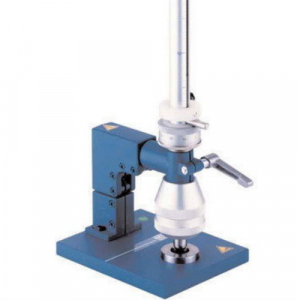
Tubular Impact Tester is a measuring tool suitable for checking many kinds of coatings, such as powder coating, paint, varnish, water-based wood coatings, high viscosity plastic coatings and laminated coatings. This instrument provides proper evaluation of the coating resistance to impact by falling weight method.

Conical Mandrel Bend Tester is used to determine the effects of bending on the elasticity, adhesion and elongation properties of cured coatings on sheet metal.
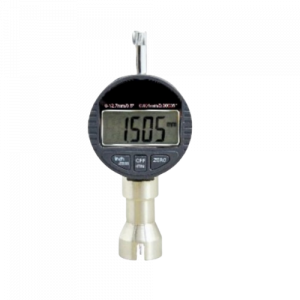
Surface Profile Gauges are used to measure the profile height of a surface. The degree of the surface profile on the surface affects a coating’s overall performance and determines aspects such as adhesion, coverage and overall volume of coatings used.
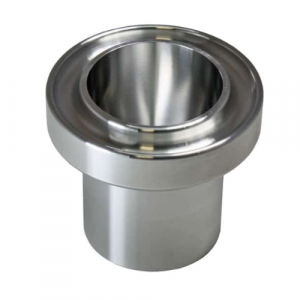
Ford Viscosity Cup is used for the quick calculation of viscosity of liquids like paints, inks and varnishes.

A pH meter is a scientific instrument that measures the hydrogen-ion activity in water-based solutions, indicating its acidity or alkalinity expressed as pH.
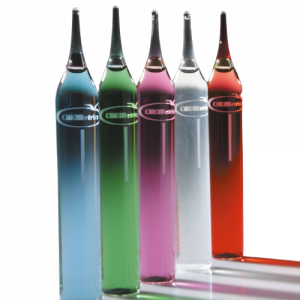

A coating thickness gauge (also referred to as DFT Meter) is used to measure dry film thickness. Dry film thickness is probably the most critical measurement in the coatings industry because of its impact on the coating process, quality and cost.

The cross hatch test is a visual comparison method for paint and powder coatings which is fast and easy to use. The coating is cut into small squares, thereby reducing lateral bonding, and the coating adhesion assessed against ISO 2409 and ASTM D. 3359 or Corporate Standards.

A gloss meter is an instrument which is used to measure specular reflection gloss of a surface. Gloss is determined by projecting a beam of light at a fixed intensity and angle onto a surface and measuring the amount of reflected light at an equal but opposite angle.

The salt spray test is a standardized and popular corrosion test method, used to check corrosion resistance of surface coatings. Usually, the materials to be tested are metallic and finished with a surface coating which is intended to provide a degree of corrosion protection to the underlying metal.

A pencil hardness test is a type of evaluation method that is performed to determine the hardness of a material, typically coating materials. To perform a pencil hardness test, graphite pencils of varying hardness are moved across a coating's surface. Its hardness relative to the graphite pencils is determined by the softest pencil that will leave a scratch on the surface of the coating.

Tubular Impact Tester is a measuring tool suitable for checking many kinds of coatings, such as powder coating, paint, varnish, water-based wood coatings, high viscosity plastic coatings and laminated coatings. This instrument provides proper evaluation of the coating resistance to impact by falling weight method.

Conical Mandrel Bend Tester is used to determine the effects of bending on the elasticity, adhesion and elongation properties of cured coatings on sheet metal.

Surface Profile Gauges are used to measure the profile height of a surface. The degree of the surface profile on the surface affects a coating’s overall performance and determines aspects such as adhesion, coverage and overall volume of coatings used.

Ford Viscosity Cup is used for the quick calculation of viscosity of liquids like paints, inks and varnishes.

A pH meter is a scientific instrument that measures the hydrogen-ion activity in water-based solutions, indicating its acidity or alkalinity expressed as pH.

